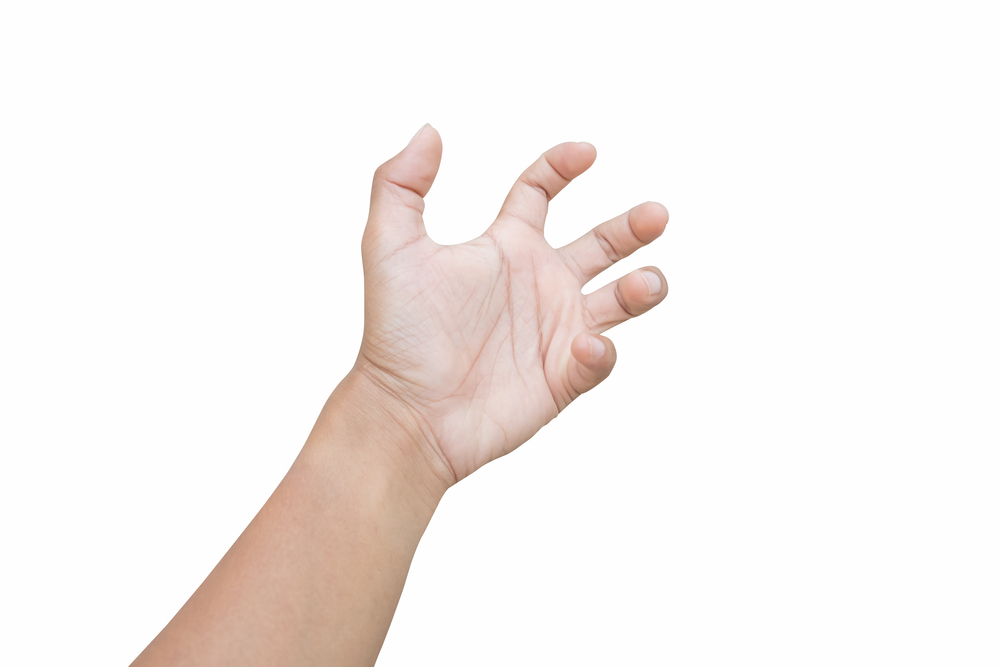RULM Can Assess Arms’ Function in Wider Spectrum of SMA Patients, Study Says

The Revised Upper Limb Module (RULM) is better than the conventional Upper Limb Module (ULM) at assessing the arms’ function in a wider spectrum of patients with spinal muscular atrophy (SMA), a study found.
The findings of the study, “Revised upper limb module for spinal muscular atrophy: 12 month changes,” were published in Muscle & Nerve.
SMA comprises a group of neurodegenerative disorders characterized by the gradual loss of motor neurons — the nerve cells responsible for controlling voluntary muscles — in the spinal cord, leading to muscle weakness.
Over the last few years, a considerable effort has been made to develop new tools to monitor SMA patients’ upper limb function. The ULM was the first scale designed to assess arms’ function in SMA patients “at the weaker end of the SMA spectrum” from the age of 30 months.
However, this scale may not be suitable to assess upper limb motor function in stronger SMA children because of the ceiling effect — a measurement limitation that happens when the highest score of a test is achieved, decreasing test accuracy near those values.
For this reason, the RULM, a revised version of the original ULM scale, has been created to measure upper limb function in a wider range of patients. The RULM has 19 items that reflect various functional domains and are graded on a three-point system with a score of 0 (unable), 1 (able, with modification), and 2 (able, no difficulty).
Interested in SMA research? Check out our forums and join the conversation!
In this study, a team of researchers from the Fondazione Policlinico Universitario A. Gemelli IRCSS in Rome and their collaborators set out to determine whether RULM would be suitable to assess upper limb function in a large group of type 2 and type 3 SMA patients over the course of one year.
“More specifically, we wished to establish if the revision of the scale adequately addressed the ceiling effect of the ULM original version. As the study population ranged from weak non-ambulant (not able to walk) to stronger ambulant (able to walk) patients, we also aimed to identify if there were different trajectories according to functional status,” researchers stated.
The longitudinal study analyzed clinical data from 114 SMA patients — 60 with type 2 and 54 with type 3 — from three national SMA networks in the U.S., U.K., and Italy.
Baseline values of RULM scores were significantly different between type 2 (14.8), and type 3 ambulant (34.2) and nonambulant (27.4) patients.
Over the course of one year, no significant differences in RULM scores were found. “The overall changes in the whole [group] were relatively small. This was not surprising, considering the relatively short duration of the study and the slow progression of the disease,” researchers said.
Moreover, no significant differences in RULM scores were found in different age classes across all three SMA patient groups.
The ceiling effect was reached in 11.4% of the whole group and in approximately one-third of the ambulant subgroup. However, the team said it believed that in these patients “the RULM should still be used … to monitor the possible occurrence of future upper limb involvement.”
“In conclusion, our results confirm that the RULM explores a range of functional abilities wider than ULM and can be used in the broader phenotypic spectrum of SMA, including ambulant patients. Further studies are needed to identify categories of patients at higher risk of more substantial changes on longer follow-up as possible prognostic innovative markers,” researchers said.
“Furthermore, studies designed to investigate minimal clinically important differences across ages and abilities will contribute to a better understanding of perceptions of meaningful change during daily activities for patients and families,” they concluded.







